Design Miami lands in Paris
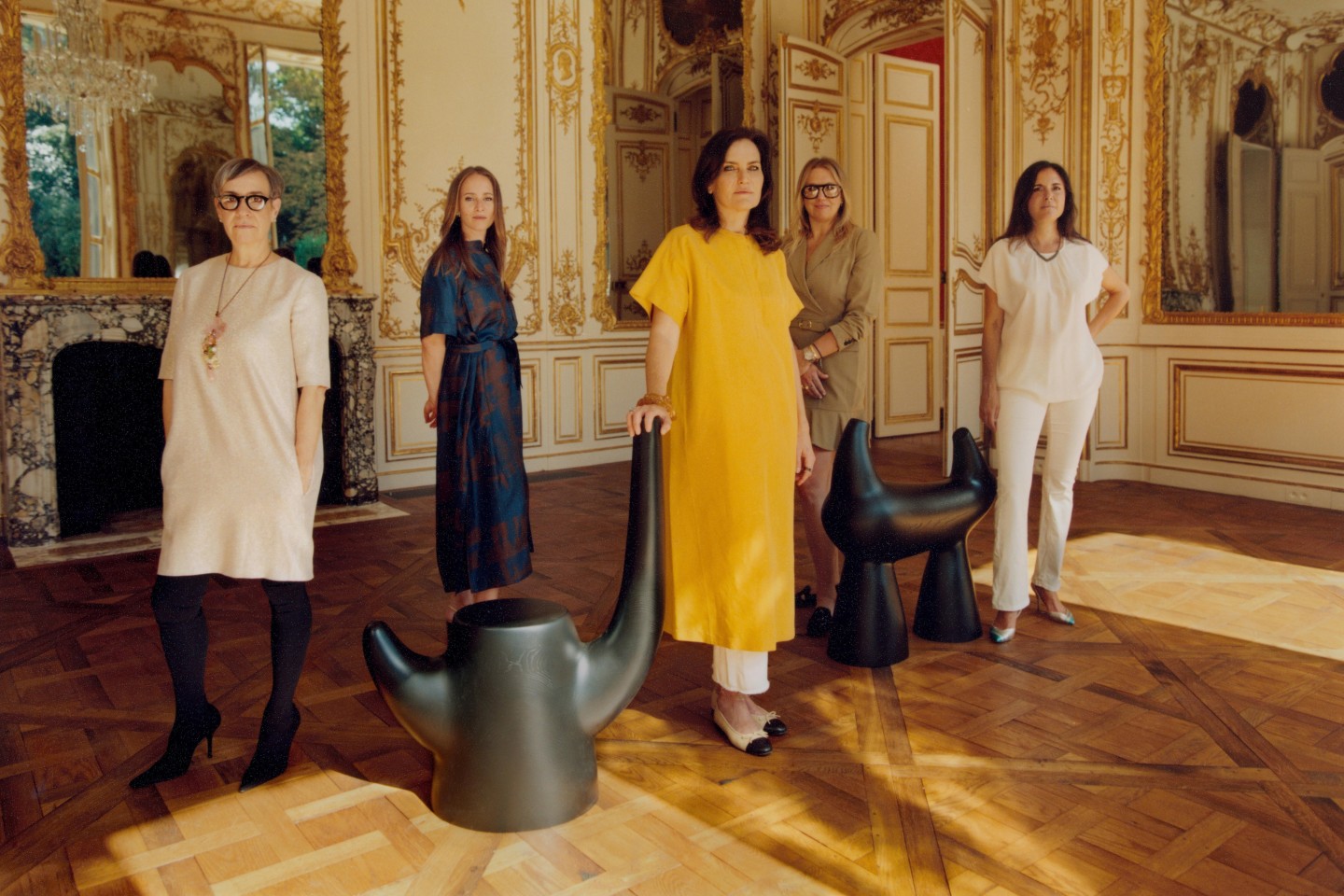
Roula Khalaf, Editor of the FT, selects her favourite stories in this weekly newsletter.
On a sizzling September day in Paris, the shade of an arched blue door on the left‑bank quartier of Saint-Germain-des-Prés offers a welcome reprieve. Arriving at 51 Rue de l’Université, one steps into a large cobbled courtyard where the palatial, pedimented and pilastered 18th-century façade of historic L’hôtel de Maisons comes into view.
Inside the mansion, room after rococo room reveals parquet floors, crystal chandeliers and the odd frescoed ceiling. But in the central marble-floored foyer, with a sweeping ironwork staircase to one side, a single, sculptural contemporary chair – cast in ceramic segments by Eindhoven-based designer Rino Claessens – offers a clue to the building’s upcoming incarnation: as a showcase for collectable design. From 18 to 22 October, it will host the inaugural Paris edition of Design Miami, the fair and forum first launched in Miami Beach in 2005, then in Basel the following year.
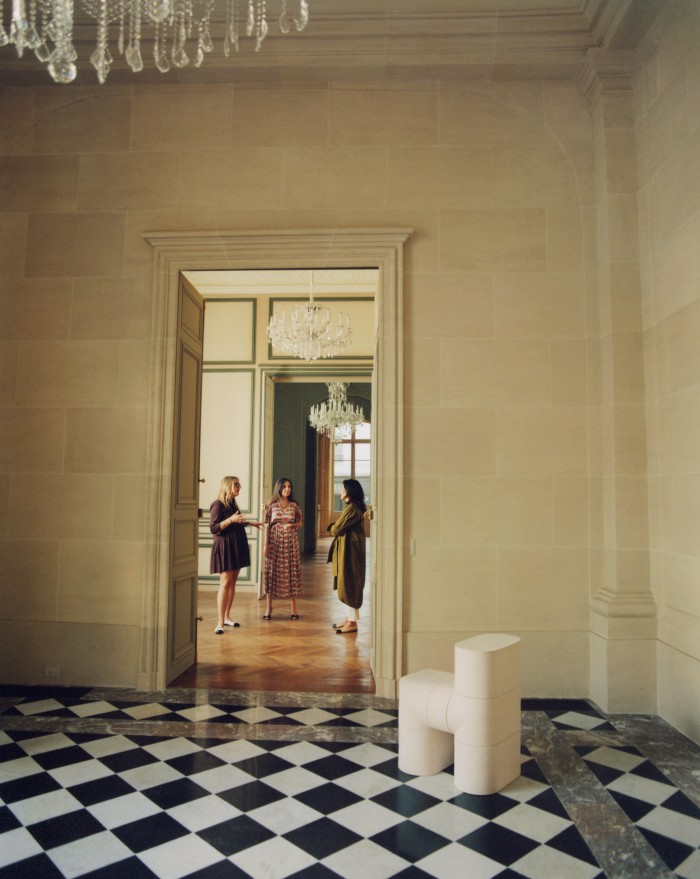
“I’d seen pictures, but nothing does the house justice like walking in,” says Jen Roberts, CEO of Design Miami since 2015. “I studied 18th-century decorative arts and architecture, so for me it was like, ‘Oh, this is a dream.’” For many, the mansion has legendary status. Built in 1707, it was bought by the Corsican nobleman Carlo Andrea Pozzo di Borgo in 1836 and only sold by his descendants in 2010 – reportedly for €100mn to the president of Gabon who was recently ousted in a coup. But it is the Pozzo di Borgos’ tenant, the late fashion designer Karl Lagerfeld, who has lent the private hôtel particulier much of its modern allure.
“To be in this house, where that man lived… I mean, I feel his presence,” says Grela Orihuela, Design Miami’s senior VP of fairs, a former art fair director and filmmaker. “He would have huge dinner parties here.” Orihuela is sitting in one of the grand downstairs rooms that will host works by the 20th-century French interior designer Jean Royère, Charlotte Perriand and Swiss sculptor Diego Giacometti, courtesy of Galerie Jacques Lacoste. Next door, New York’s Salon 94 Design will present new sofa sculptures by London-based Max Lamb, highlighting how the 18 rooms, taken over by 27 exhibitors, will meander between historic and contemporary design.
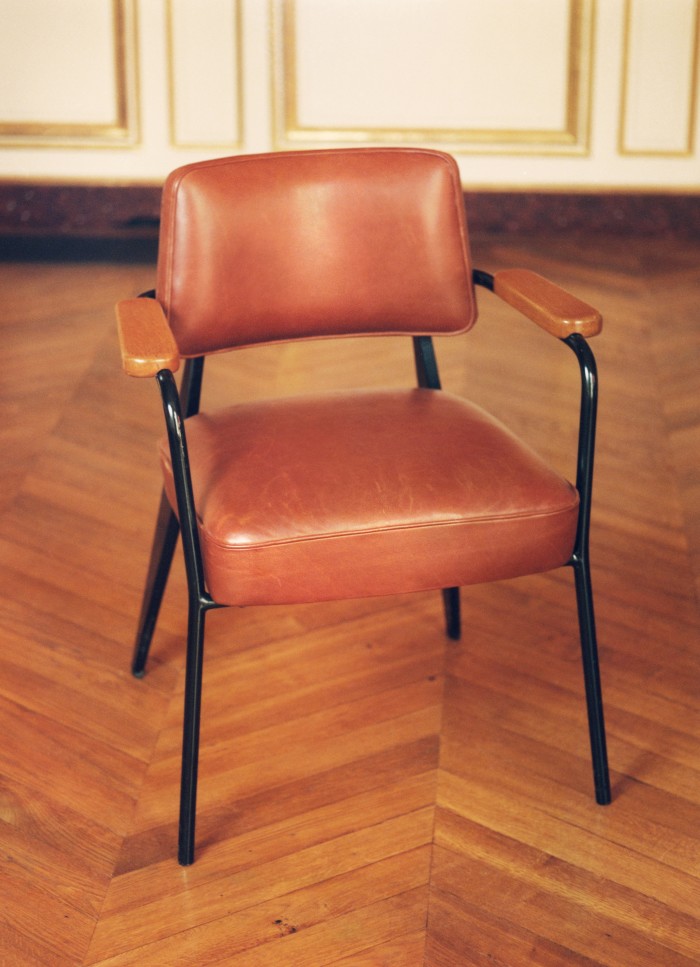
For exhibitor Galerie Kreo – a pioneer of the current Paris design scene, opened by husband-and-wife team Clémence and Didier Krzentowski in 1999 – the venue is “a gem within the city’s architectural landscape, perhaps the most beautiful the city has to offer”. Their display nods to Lagerfeld with a piece he had in his own collection – the minimal and multifunctional marble Volume L chair by Konstantin Grcic. The Krzentowskis add: “It’s so exciting that Paris is joining the Design Miami circuit, which is widely known as the most quality-driven fair.”
Paris is the first permanent addition to the fair’s roster since it launched in Switzerland in 2006 – an expansion that is “natural, because so many of our gallerists and collectors are based here”, says Roberts. L’hôtel de Maisons, however, wasn’t the first choice. The initial plan was to launch a year earlier in Place de la Concorde, at the east end of the Champs-Elysées, to coincide with the first, and much-hyped, Paris+ par Art Basel art fair. The plan was vetoed by police officials and it wasn’t until May this year that L’hôtel de Maisons came to the table. “It’s been a really short turnaround… I don’t know if it’s testament to the ability of the Design Miami team to pivot, or our insanity,” laughs Roberts.
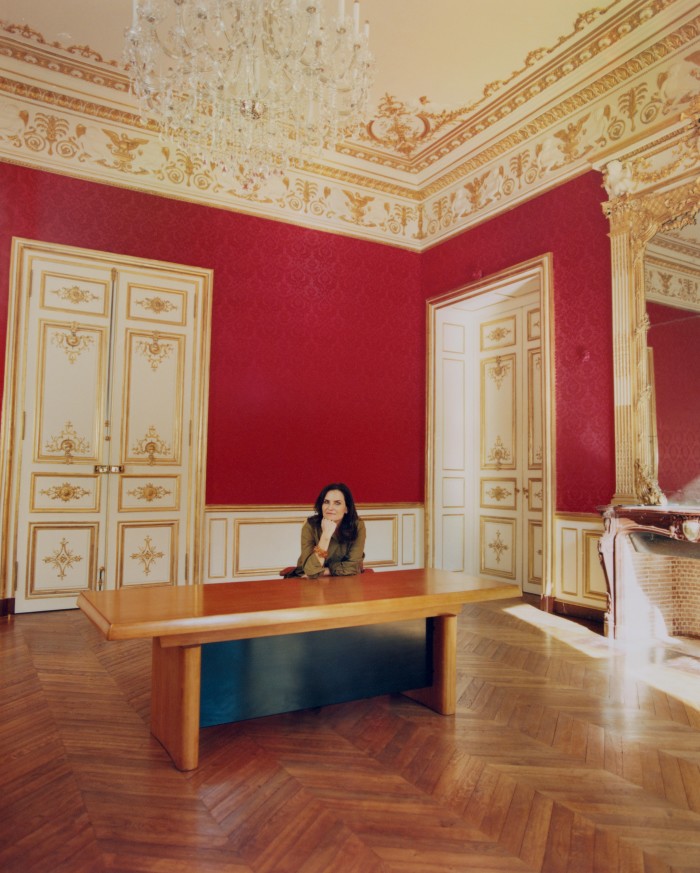
The team of 16 consists almost exclusively of women. “There is only one man – it naturally formed this way,” says Roberts, who cut her design-fair teeth as co-executive director of New York’s Salon Art + Design. “I don’t know if the fact that we are all women changes anything, but we are wildly collaborative,” offers Nicole Darnell, VP of global production, “and that is unlike anything I’ve experienced.”
What Roberts finds more telling is that “most of the team has had a previous career of some kind or another. We have two former professional dancers,” she says, citing April Magen, VP of global partnerships, and Elle Bourgeois, VP for marketing and communications. “I think if you can use your mind to overcome the pain and manipulation of your body, then you can do anything.”
The fair’s arrival in Paris also builds on an alignment with the Art Basel fairs (whose owner, MCH Group, has a 4.75 per cent stake in Design Miami’s holding company Design Commerce Technologies). “Design Miami is modelled after Art Basel, right down to our systems and processes,” says Roberts. The relationship between the two fairs has encouraged an art-design collector crossover – and helped to raise both the profile and the prices of high-end design. At Basel in June, prices for individual pieces were as high as €6mn, according to one source, while Galerie Mitterrand sold Les Lalanne pieces for up to £2mn – “prices nobody could imagine 10 years ago”, says Roberts, adding that “historically, 80 per cent of the market has sold to or wound up in the US”.
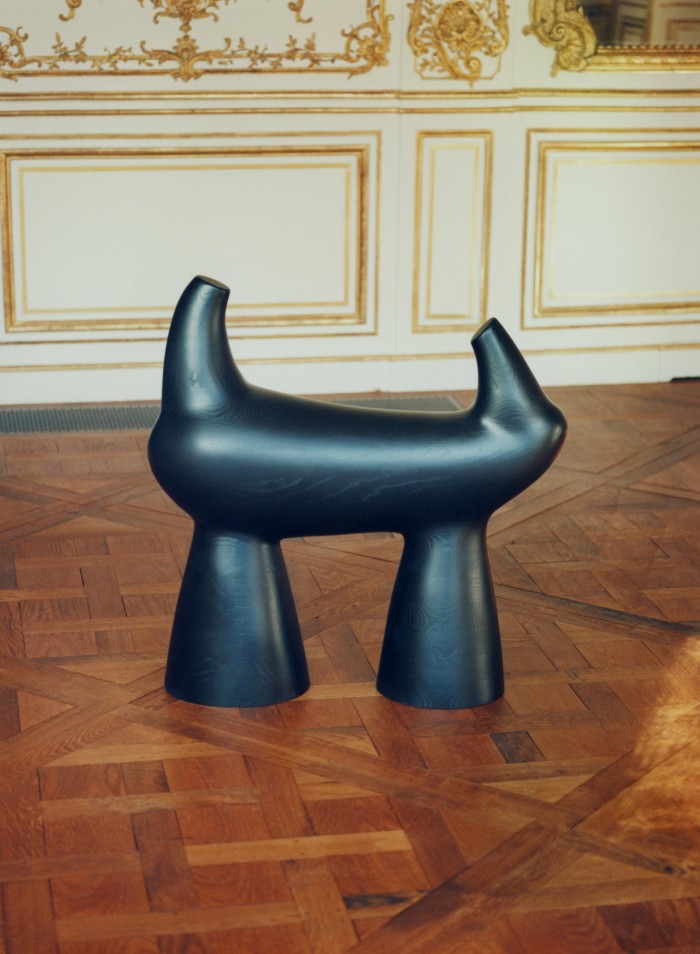
Paris gallerist Laurence Bonnel – who takes part in both the Design Miami and Basel fairs, as well as PAD Paris and London (which is running from 10 October) – finds that the American market remains strongest. “Between 60 and 70 per cent of our sales are with the US,” says the owner of Scène Ouverte, whose Design Miami Paris presentation will focus on young designers: Abel Cárcamo, whose sinuous, animalesque forms are wrought in marble, bronze and patinated wood; Léa Mestres, who makes playful, colour-pop plaster furniture; and Claessens’ modular ceramic furniture. “Each fair takes on the personality of the city, not just in the programming but also in the events – and in the people-watching,” says Roberts, recalling the opening day at Design Miami last December. “It was so crowded. People were dressed to be a work of art. It was so Miami.” In terms of the participating galleries in Paris, there is a smattering of international names – including Friedman Benda from New York, London’s Sarah Myerscough, and Pierre Marie Giraud in Brussels, who is “bringing a group of Japanese ceramics that is just stunning”, says Orihuela – but the majority (about 60 per cent) are Parisian.
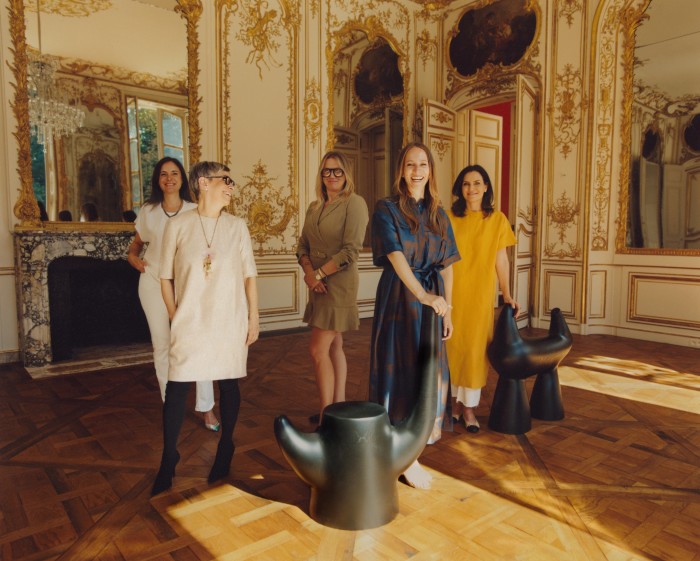
Significantly, the event has been awarded the haute patronage of the French Ministry of Culture. “It’s a recognition of the importance of having a design fair in Paris that captures a global movement,” says Johanna Grospiron, Design Miami’s gallery and collector liaison for Europe, and “boots on the ground” in Paris. “I think it will inspire galleries to put on exhibitions and events around the fair. It’s going to be a great cultural moment.” One institution that Design Miami is partnering with is the Mobilier National, which ensures the conservation, restoration and promotion of French decorative arts. Its exhibition will feature the desk designed by Pierre Paulin in 1983 for François Mitterrand’s presidential office. Meanwhile, a fast-emerging fringe includes Contributions – a mini-festival presenting a circuit of exhibitions in galleries and spaces around the city, such as French-American designer Sophie Lou Jacobsen’s first-ever Paris show, hosted at Galerie David Ghezelbash. Also on Rue de l’Université, the Hôtel de Guise will show the first edition of Thema art and design fair.
“Paris is thriving and has a new dynamic thanks to the Olympics coming next year,” says Soraya Chaar, project manager for Design Miami Paris. Orihuela adds: “The city was bonkers last year at Paris+, so imagine what it will be like this year…” Complètement fou, no doubt.
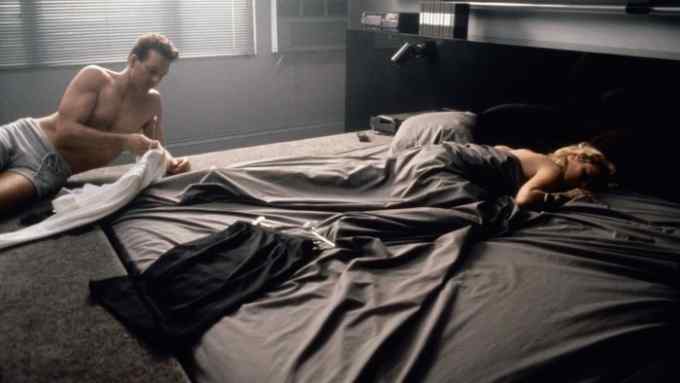
Comments